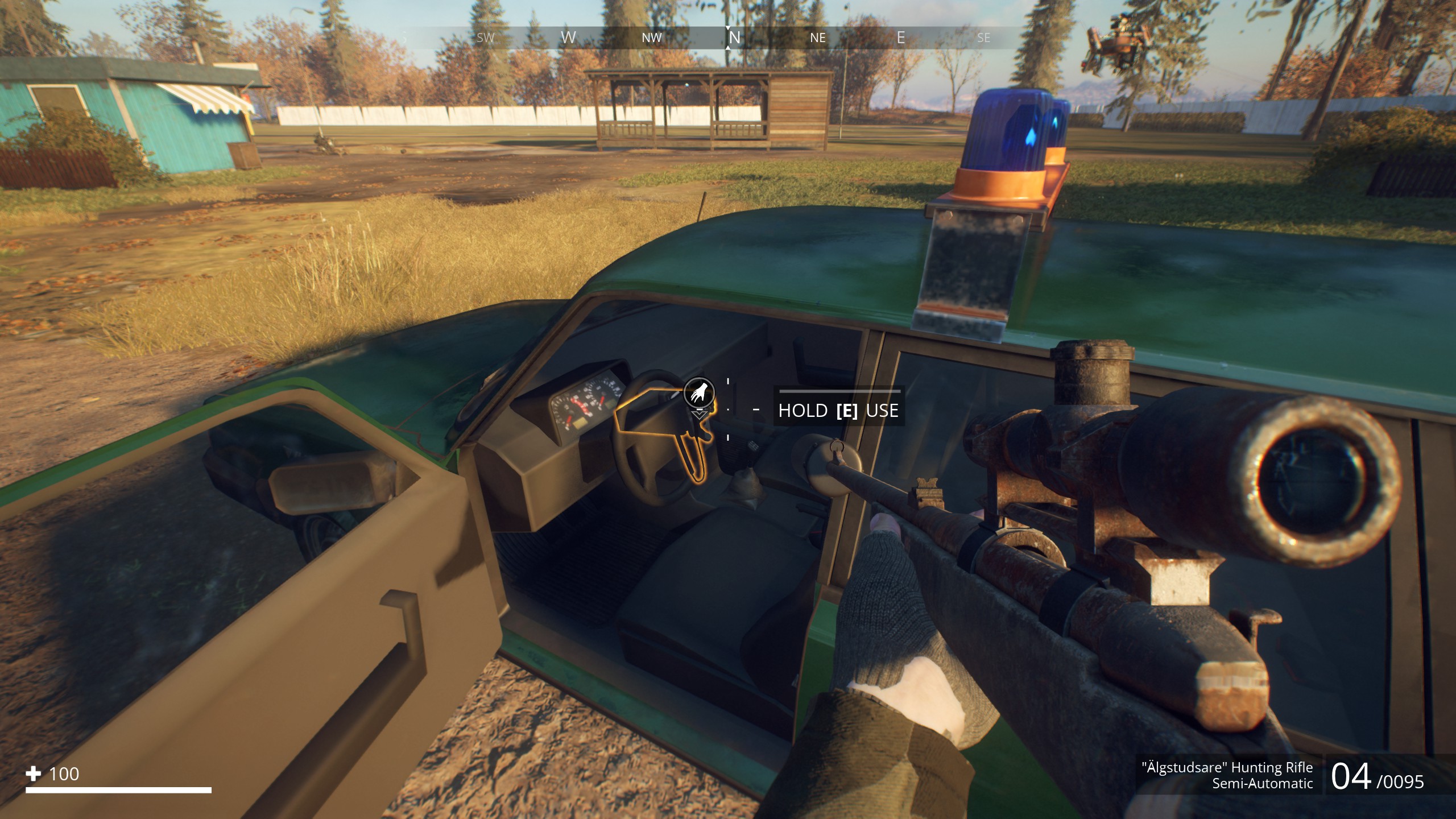

- #MILITARY BASE LOCATIONS GENERATION ZERO MAP FULL#
- #MILITARY BASE LOCATIONS GENERATION ZERO MAP PLUS#
These so-called peaking units are generally natural gas or petroleum fueled generators.
#MILITARY BASE LOCATIONS GENERATION ZERO MAP FULL#
In general, power plants do not generate electricity at their full capacities at every hour of the day.

To ensure a steady supply of electricity to consumers, operators of the electric power system, or grid, call on electric power plants to produce and place the right amount of electricity on the grid at every moment to instantaneously meet and balance electricity demand. Most solar photovoltaic systems installed on building rooftops are small-scale systems.Ĭlick to enlarge Electricity generating capacity

Small scale-includes generators with less than 1 MW of generating capacity and that are usually at or near where the electricity is consumed.Utility scale-includes electricity generation and capacity of electric power plants with at least 1,000 kilowatts, or 1 megawatt (MW), of total electricity generating capacity.Energy Information Administration (EIA) publishes data on two general types of electricity generation and electricity generating capacity:
#MILITARY BASE LOCATIONS GENERATION ZERO MAP PLUS#
retail sales of electricity plus direct use of electricity.

electricity consumption by end-use consumers is equal to U.S. The United States also exports and imports some electricity to and from Canada and Mexico. These consumers include industrial/manufacturing, commercial, and institutional facilities, as well as homeowners who have their own electricity generators. In addition, some electricity consumers generate electricity and use most or all of it, and the amount they use is called direct use. More electricity is generated than sold, because some energy is lost (as heat) in transmission and distribution of electricity.


 0 kommentar(er)
0 kommentar(er)
